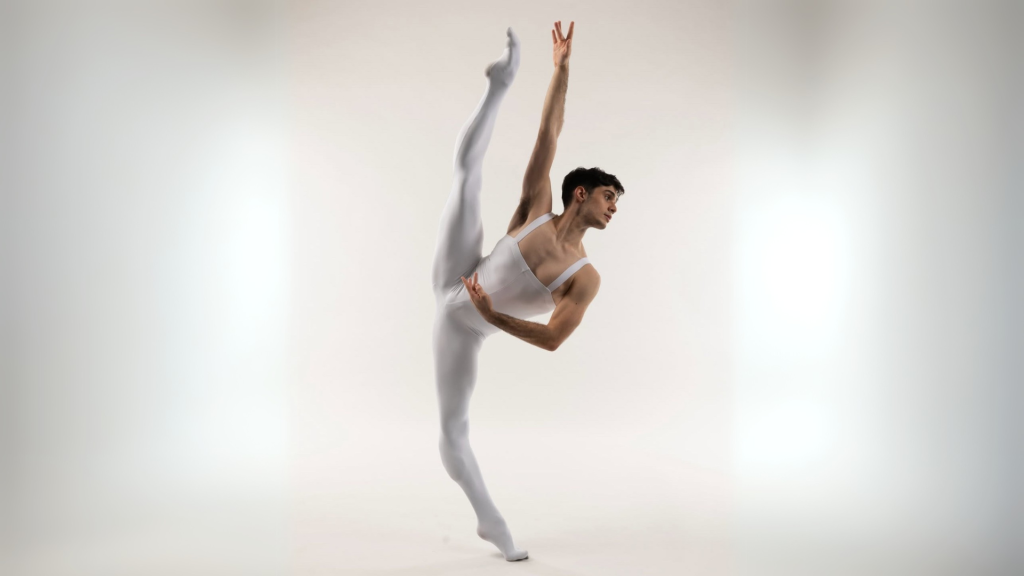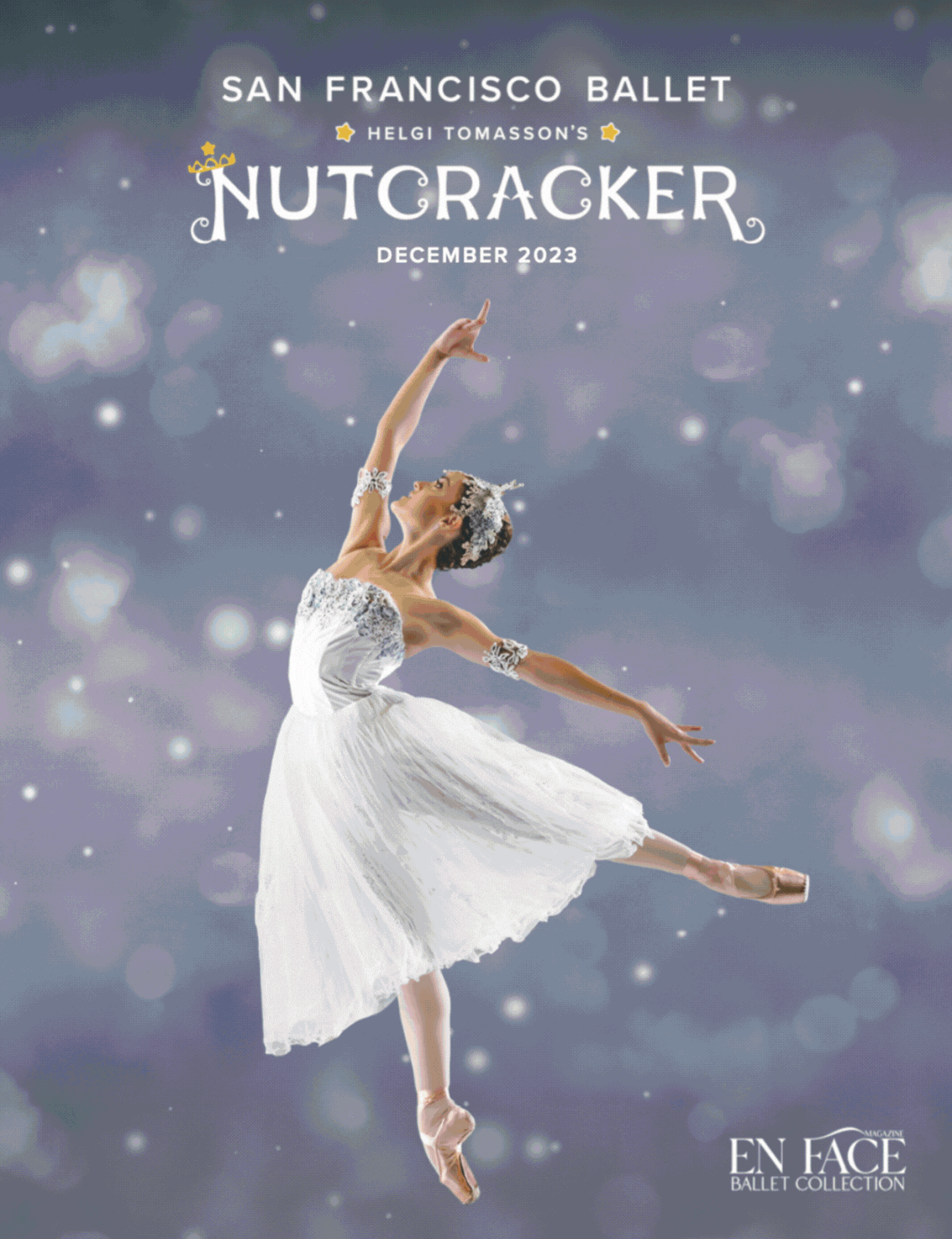Right: Boston Ballet, Chyrstyn Fentroy by Erin Baiano.
Frederick Ashton’s Cinderella is one of the ultimate comeback ballets, proof that breathtaking creativity can be made after the darkest of days and the harshest of setbacks, and a true celebration of the resilience of ballet artists.
The world of British ballet faced unprecedented challenges during World War II. Choreographer Ashton left Sadler’s Wells Ballet (later The Royal Ballet) to join the Royal Air Force, initially analyzing aerial photos and later serving as an intelligence officer.
Meanwhile, legendary prima ballerina Margot Fonteyn continued to perform while adapting to a rapidly changing world. The Sadler’s Wells Ballet company performed nightly, often adding even more shows to entertain troops. The draft frequently upended the cast, forcing Fonteyn to partner with increasingly younger and inexperienced dancers straight from ballet school. The troupe chanced touring abroad, only to find themselves in the Netherlands when it was invaded. They escaped with nothing but the costumes on their backs.
After the trials of World War II, Ashton, Fonteyn, and the rest of the Sadler’s Wells Ballet team embarked on a journey of renewal. In 1948, Ashton debuted Cinderella, his first major three-act ballet for a British company. However, an unexpected setback occurred when Fonteyn injured her ankle, missing the premiere. Despite this, Fonteyn’s resilience shone through. She returned to dance the title role in numerous performances and starred in a later film version that aired on NBC-TV in 1957, a testament to her indelible impact on the role.
Boston Ballet continues to uphold this beautiful legacy of resilience and creative tenacity in the ballet community. From the first time Ashton’s Cinderella came to the Boston Ballet stage in 2014 to now, the strength and grace of each dancer as they embody this timeless fairytale enchant us time and time again.










